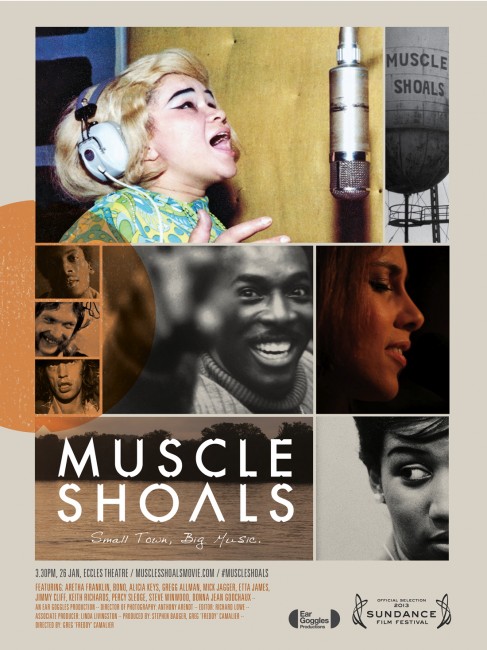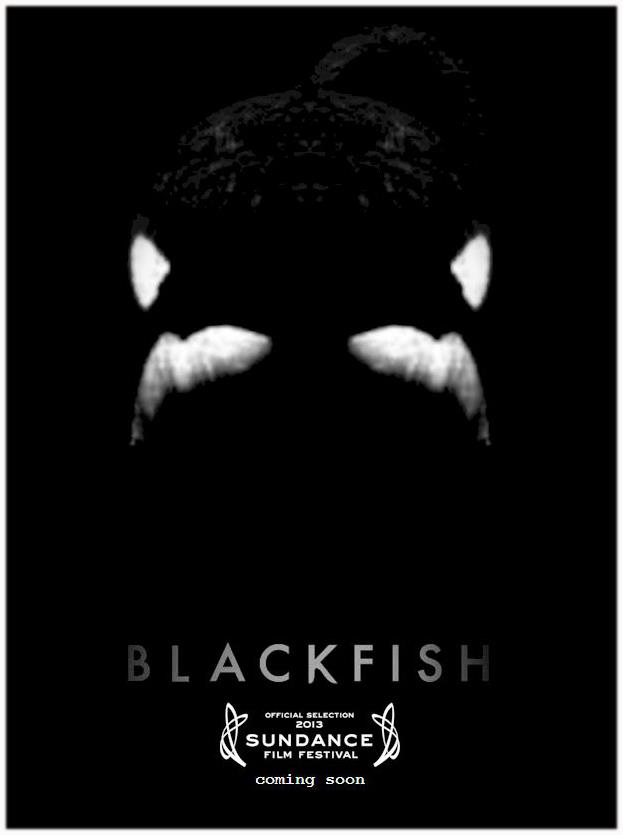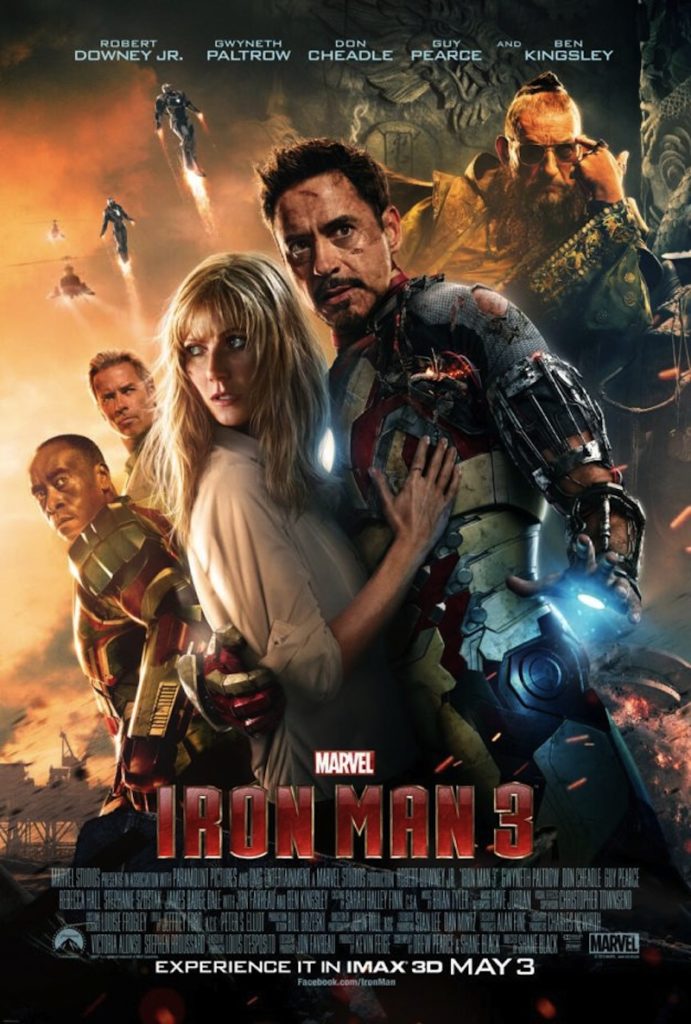 Director/Writer: Shane Carruth
Director/Writer: Shane Carruth
Synopsis: Kris (Seimetz) is kidnapped one night, drugged and forced
into a life cycle of a microscopic presence. Along her tough and confusing
journey she finds a kindred spirit also caught up in a wider sense of existence.
The two support each other to piece together the fragments of their confused
life.
If the above synopsis doesn’t
inform you already, Upstream Colour
is a very tough film to describe. With some viewers this will be its greatest
facets, and viewed in the completely opposite way by others.
Sitting down for a Shane Carruth
movie is the equivalent of Ergodic literature – a very demanding exercise in
entertainment and perception. There are many illogical aspects to his work, yet
it’s his ability to meticulous craft deep logic that he’s praised for. Following
the story appears to be easy for the first 30 minute of Upstream Colour – a woman kidnapped, drugged and then victim to the
insertion of a worm into her body. This worm has the ability to alter her
entire biology, and is a fascinating concept for a story. It’s the
science-fiction of Richard Matheson, with a subject that covers for more than
one idea (in this case: drug use, subsistence and even the theory of everything).
As Kris, the kidnapped woman, is freed of the worm of a series of bizarre days
under its spell she finds she is now lost in what was her reality. This is
where the narrative veers off to the cryptic, then convoluted further by the
introduction of Jeff (Carruth) who appears to have been through the same trauma.
If your attention slips ever so
briefly during the film you will lose some intrinsic piece of understanding.
Every shot, sound and symbol has been carefully envisioned by Carruth and this
is a wondrous achievement. He is using the cinematic form in every capacity and
largely succeeding. Some shots that illustrate the microscopic essence of life
are stunning – developing this overarching theme boldly and constructively.
There are then interconnected images and sounds that are edited together with finesse;
all exemplary in their edifice.
Going to the film with absolutely
no idea of the story could lead to frustration as there are few clues to piece
it all together in one. Give the film a few days to digest, watch the trailer,
and take another stab at it and you should expect a more satisfying experience.
Take the Walden; or Life in the Woods
by Henry David Thoreau that is referenced continually – read the book, or delve
into its ideals and you will discover more about Carruth’s reason for it (one
stab in the dark: life at its most basic and the connection of living organisms
to one another).
Carruth is in the director’s
chair, at the writer’s desk, in front of the camera, composing the music, editing
the scenes, and filming the remarkable cinematography – he is already an
auteur, completely in control of his project, and Upstream Colour is his crowning glory. Albeit, this film is tough
and often irritating with its audacious enigma, but it is refreshingly smart,
able to generate thought and discussion.
****
By Piers McCarthy. Also posted on LiveForFilms






